Tar, Nicotine, Carbon Monoxide, Metals, Carcinogens, etc.
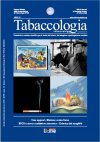
Tar, Nicotine, Carbon Monoxide, Metals, Carcinogens, etc.
The second part of the Tetralogy on Hookah and Health
“A CRITICAL Review of Scientific Literature on Narghile (Shisha, Hookah, Waterpipe) from its Origins to Date: the Need for a Comprehensive Socio-Anthropological, Medical and Pharmacological Approach" (by a renown independent researcher, Tabaccologia, the journal of the Italian Society of Tobaccology)
is now published, in the prestigious international peer-reviewed scientific journal Tabaccologia, and available for free in the Italian (print version) and French (draft version) languages.
Full reference: Narghile: aspetti chimici e farmacofisiologici. Tabaccologia 2005; 3: 27-33. Engl. title: Biochemical and Pharmacologic Aspects of Narghile.
Download it now for free: Includes English abstract
ENGLISH ABSTRACT
Hookah (Narghile) and its practice have been introduced in the last issue through the methodological problems, the state and evolution of knowledge about it until the most recent research existing in this field. We will now offer a review of its pharmaco-physiological aspects in direct relation to the very peculiarity of this tobacco use mode known to force smoke to go through water. To what extent are nicotine, tar, CO and polycyclic aromatic hydrocarbons, inter alia, affected by this process ? Besides, does tobacco really burn as in the case of cigarette and what are the consequences ?
RIASSUNTO (Italian)
In un precedente numero di Tabaccologia abbiamo parlato della pratica del narghilè, attraverso i problemi metodologici, lo stato e le evoluzioni delle conoscenze fino a trattare delle ultime ricerche in merito. In questa sede invece, discuteremo degli aspetti farmacofisiologici di questa pratica in relazione con il particolare uso del tabacco, in cui il fumo passa attraverso l’acqua. Vedremo quindi in quale misura nicotina, catrame, CO e gli idrocarburi aromatici policiclici vengono modificati da questo passaggio e inoltre, se il tabacco brucia proprio come nelle sigarette e con quali conseguenze. Nei prossimi numeri affronteremo il problema delle patologie collegate all’utilizzo del narghilè. E infine discuteremo gli aspetti relativi alla dipendenza, la sanità pubblica e la prevenzione.
RÉSUMÉ (French)
Le narguilé et sa pratique ont été présentés dans un numéro précédent à travers les problèmes méthodologiques, l’état et l’évolution des connaissances à son sujet jusqu’à l’exposition des recherches les plus récentes. Nous aborderons ici les aspects pharmaco-physiologiques au cœur même de la singularité de ce mode d’usage du tabac qui fait notamment subir à la fumée de ce dernier un passage dans l’eau. Dans quelle mesure la nicotine, les goudrons, le CO et les hydrocarbures aromatiques polycycliques, entre autres, sont-ils affectés? Enfin, le tabac brûle-t-il comme dans le cas de la cigarette et quelles en sont les conséquences? Dans un numéro suivant, seront décrites les pathologies associées à l’usage de cet instrument. Enfin, au-delà, cette revue se fermera sur les questions relatives à la dépendance, la santé publique et la prévention.
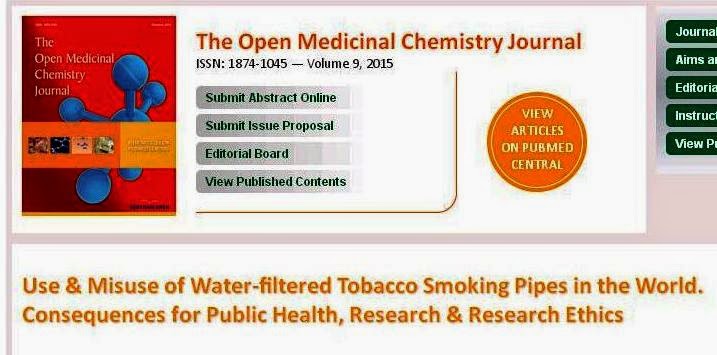

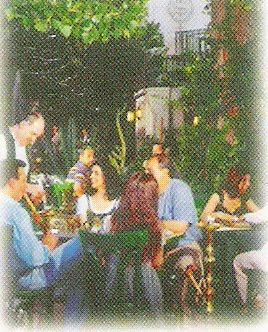

























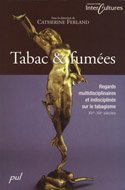
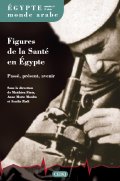








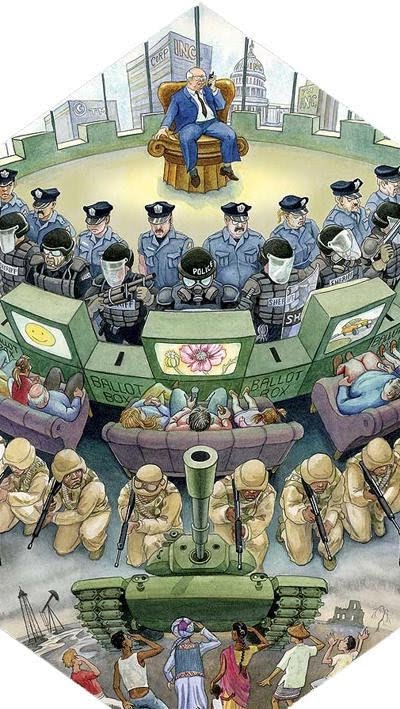
No comments:
Post a Comment